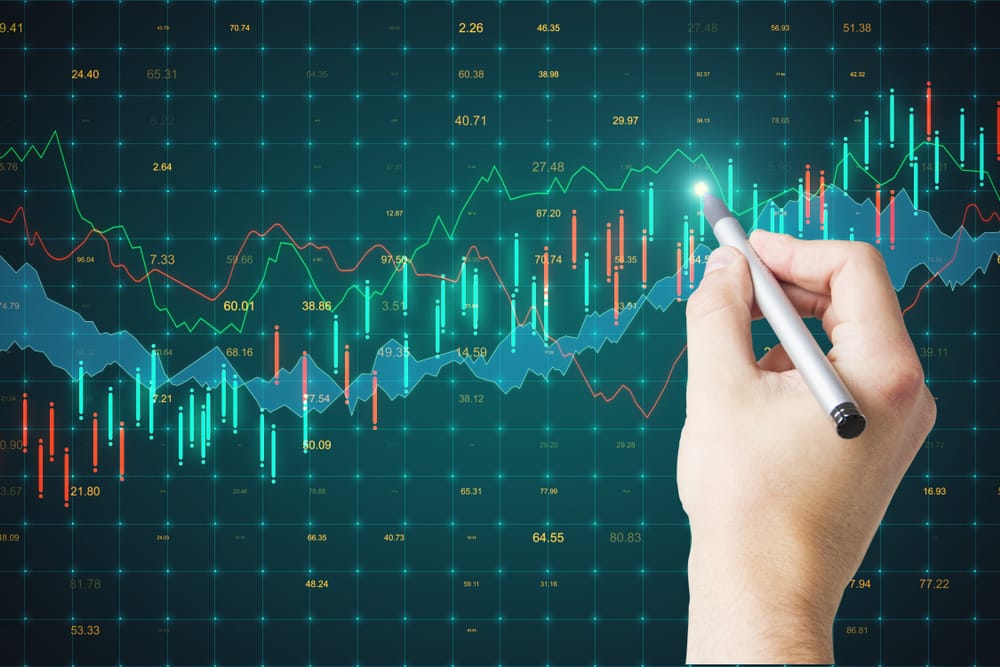Conventional Gasoline Prices: New York Harbor, Regular
This dataset tracks conventional gasoline prices: new york harbor, regular over time.
Latest Value
2.11
Year-over-Year Change
-3.35%
Date Range
6/2/1986 - 8/4/2025
Summary
This economic trend measures the average retail price of regular conventional gasoline in the New York Harbor region. It is a key indicator of fuel costs and consumer energy expenditures.
Analysis & Context
This economic indicator provides valuable insights into current market conditions and economic trends. The data is updated regularly by the Federal Reserve and represents one of the most reliable sources for economic analysis.
Understanding this metric helps economists, policymakers, and investors make informed decisions about economic conditions and future trends. The interactive chart above allows you to explore historical patterns and identify key trends over time.
About This Dataset
The Conventional Gasoline Prices: New York Harbor, Regular trend provides timely data on the cost of regular gasoline in this major distribution hub. It is closely watched by analysts, policymakers, and businesses to gauge regional fuel market dynamics and consumer purchasing power.
Methodology
The data is collected through surveys of fuel retailers and distributors by the U.S. Energy Information Administration.
Historical Context
This price series is used to inform energy and economic policy decisions that impact transportation and household budgets.
Key Facts
- New York Harbor is a major petroleum distribution center on the U.S. East Coast.
- Gasoline accounts for over 10% of U.S. household expenditures on average.
- Prices can fluctuate significantly based on global supply, refining capacity, and seasonal demand.
FAQs
Q: What does this economic trend measure?
A: This trend measures the average retail price of regular conventional gasoline sold in the New York Harbor region, a key U.S. fuel distribution hub.
Q: Why is this trend relevant for users or analysts?
A: The New York Harbor gasoline price is a crucial indicator of energy costs and consumer purchasing power, informing decisions by policymakers, businesses, and households.
Q: How is this data collected or calculated?
A: The U.S. Energy Information Administration collects this data through surveys of fuel retailers and distributors in the New York Harbor region.
Q: How is this trend used in economic policy?
A: This price series is closely monitored by government and industry to assess the impact of energy costs on the broader economy, informing policy decisions related to transportation, consumer spending, and inflation.
Q: Are there update delays or limitations?
A: The data is published weekly with minimal delay, providing timely insight into regional fuel market conditions. However, it may not fully capture hyper-local variations in gasoline prices.
Related News

U.S. Home Sales Decline In August Due To High Prices
August 2023 U.S. Home Sales Decline Amid Rising Mortgage Rates and High Prices In August 2023, U.S. home sales experienced a notable decline, highlighting a distressing trend in the housing market. Homeownership is more costly these days. High home prices and soaring 30 year mortgage rates, combined with limited housing inventory, pose significant challenges for potential buyers and cast a shadow on economic recovery efforts. Many potential homebuyers find themselves increasingly priced out of

U.S. Stocks Hit Records; Gold Surges, Bitcoin Declines
U.S. Stock Market Soars Amid Treasury Yield Concerns Despite ongoing global uncertainties, the U.S. stock market has defied expectations, setting unprecedented records this year. The surge of the stock indices reflects the market's buoyancy despite economic fluctuations. Major indicators like the Dow Jones, S&P 500, and Nasdaq have all reached new highs, signifying the resilience of equities in the current financial landscape. Meanwhile, gold prices have surged, reinforcing its status as a safe

U.S. Natural Gas Prices Rise Due to Warmer Weather Forecasts
U.S. Natural Gas Prices Surge: Economic and Weather Patterns at Play The current surge in U.S. natural gas prices is reshaping the energy market landscape. Recent weather forecasts, combined with robust economic patterns, are pushing these prices skyward, affecting individuals and industries alike. This uptrend intertwines with broader energy market dynamics, such as climate patterns and economic impacts. Understanding these interconnected factors helps explain the increasingly volatile natural

Gold prices in the US might reach $5,000 under certain conditions
Could Gold Prices in the US Surge to $5,000? Could gold prices in the US reach the lofty heights of $5,000? This question, centered around predictions like those from Goldman Sachs, captures the attention of investors everywhere. With the current 10-year U.S. treasury rate today influencing economic trends, the notion of gold as a viable refuge becomes particularly intriguing. Amidst volatile shifts in the gold market, it's essential to understand these predictions and their potential to reshap

S&P 500 hits record as U.S. producer prices fall
S&P 500 Reaches Record High as U.S. Producer Prices Decline The S&P 500 reaching a record high suggests a notable moment in market history, particularly as the U.S. Producer Price Index (PPI) shows a downward trend. The link between the stock markets and producer prices demonstrates how interconnected these financial indicators can be. Falling PPI numbers might seem positive, yet they can signal underlying market changes. These shifts invite investors to recalibrate their approaches in response

U.S. Stock Futures Stagnant Despite Positive Jobless Claims and GDP
Why US Stock Futures Remain Stagnant Despite Positive Economic Indicators The current investment landscape is puzzling for many as US stock futures struggle to show a definite trend despite favorable economic signals. These signals, such as jobless claims and Q2 GDP figures, suggest a healthy economy. Given the roles of the stock market and the Federal Reserve's decisions on rate hikes, it is surprising to witness this stagnation. Inflation trends and the Fed's signals about future policies pla
Related Trends
Consumer Price Index for All Urban Consumers: All Items in U.S. City Average
CPIAUCNS
Capacity Utilization: Total Index
TCU
Commercial and Industrial Loans, All Commercial Banks
TOTCI
Share of Foreign Born in Home Owners Loan Corporation (HOLC) Neighborhood A
RLMSHFBHOLCNA
Home Ownership Rate in Home Owners Loan Corporation (HOLC) Neighborhood C
RLMSHHORHOLCNC
Share of Foreign Born in Home Owners Loan Corporation (HOLC) Neighborhood C
RLMSHFBHOLCNC
Citation
U.S. Federal Reserve, Conventional Gasoline Prices: New York Harbor, Regular (DGASNYH), retrieved from FRED.